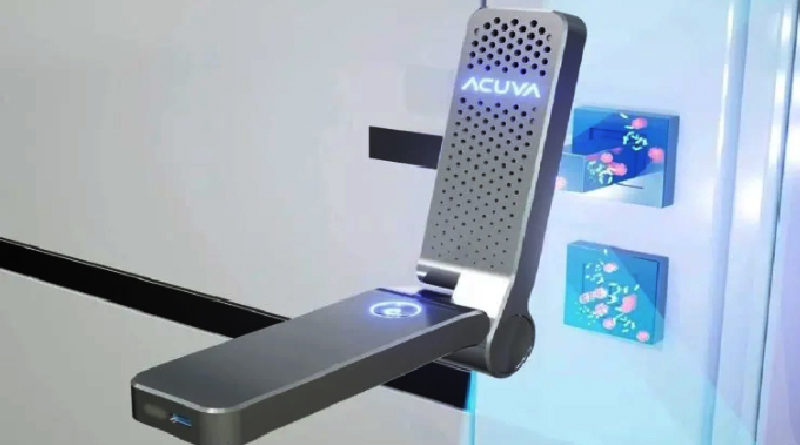UV-C Technology will be used in Parliament to prevent infection, does it really end corona?
UV-C technology has been used to kill bacteria for years, although if it directly falls on the human body, it also has side effects. Discussions about UV-C have been going on since the beginning of the corona epidemic. Many UV-C sanitizers have also come in the market. Now the government has announced the use of UV-C in the Parliament. UV-C will be used in the Central Hall, Lok Sabha Room and Committee Rooms 62 and 63 to prevent airborne transmission of corona in the monsoon session of Parliament starting from July 19. Let us know in detail about the use, effect and side effects of this UV-C technology.
What is UV-C Technology?
The full name of UV-C is Ultraviolet Sea Radiation. These are commonly called ultraviolet rays. Ultraviolet light has been used for centuries to kill all kinds of viruses and bacteria. Ultraviolet light is most commonly used to kill bacteria present in a surface or environment. It is being used the most during the Corona period. UV-C radiation is used to disinfect air, water and non-porous surfaces. Apart from this, UV-C lamps are usually used. UV-C lamps are also called germicidal lamps.
How effective is UV-C on coronavirus?
It has been proved in many researches that the coronavirus can be eliminated through UV-C. UV-C radiation is also effective in destroying the outer protein coating of the coronavirus, although there are some conditions for this. If UV-C radiation falls directly on such a surface, then bacteria or viruses can be completely destroyed. This light can kill all the germs that usually escape with the use of chemicals.
Side Effects of UV-C Radiation?
UV-C radiation has a bad effect on the human body. If UV-C falls directly and closely on any part of the body, then there may be a problem like skin burns. This has been proven in many researches, although its side effect depends on the wavelength of the UVC light being used at a place. For your information, let us tell you that UV-C is responsible for 80 percent of our skin’s aging, wrinkles and aging spots. There are three types of ultraviolet rays in sunlight, although they are of many types.

